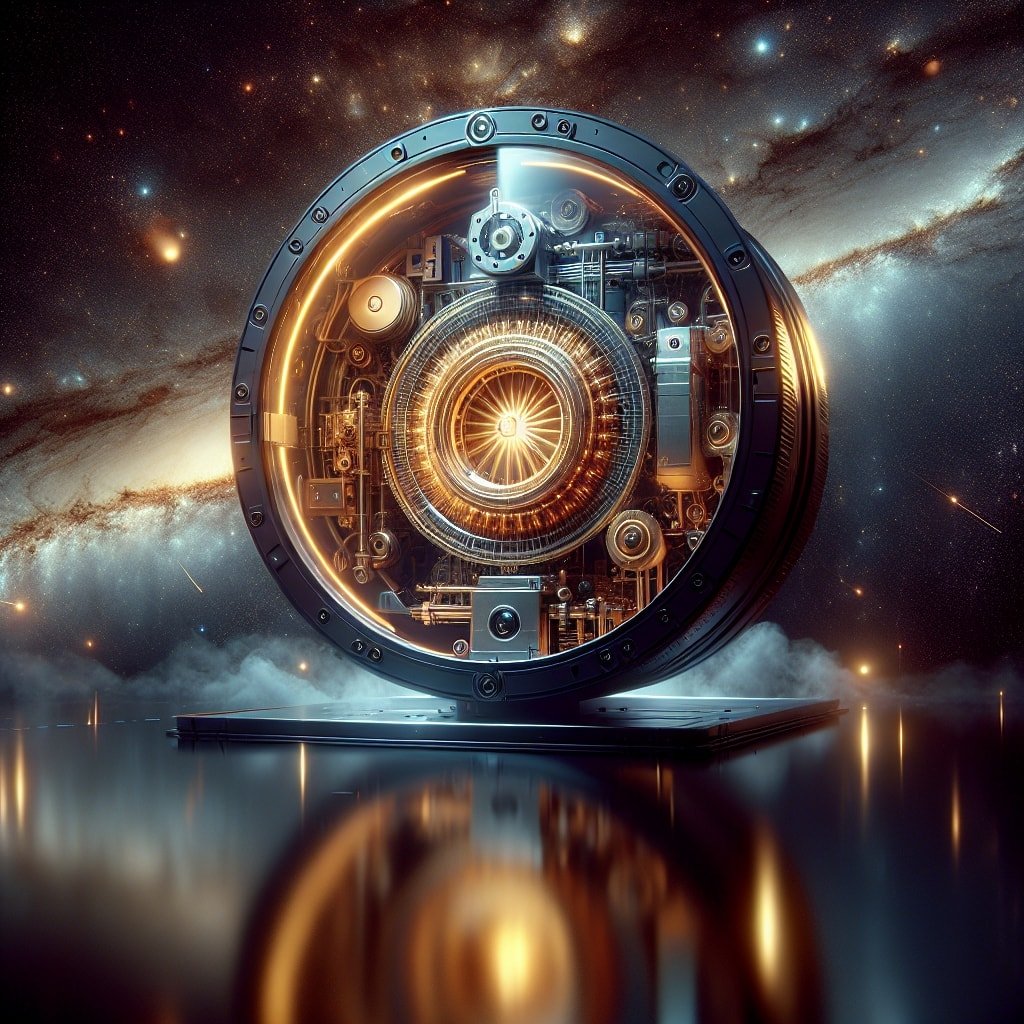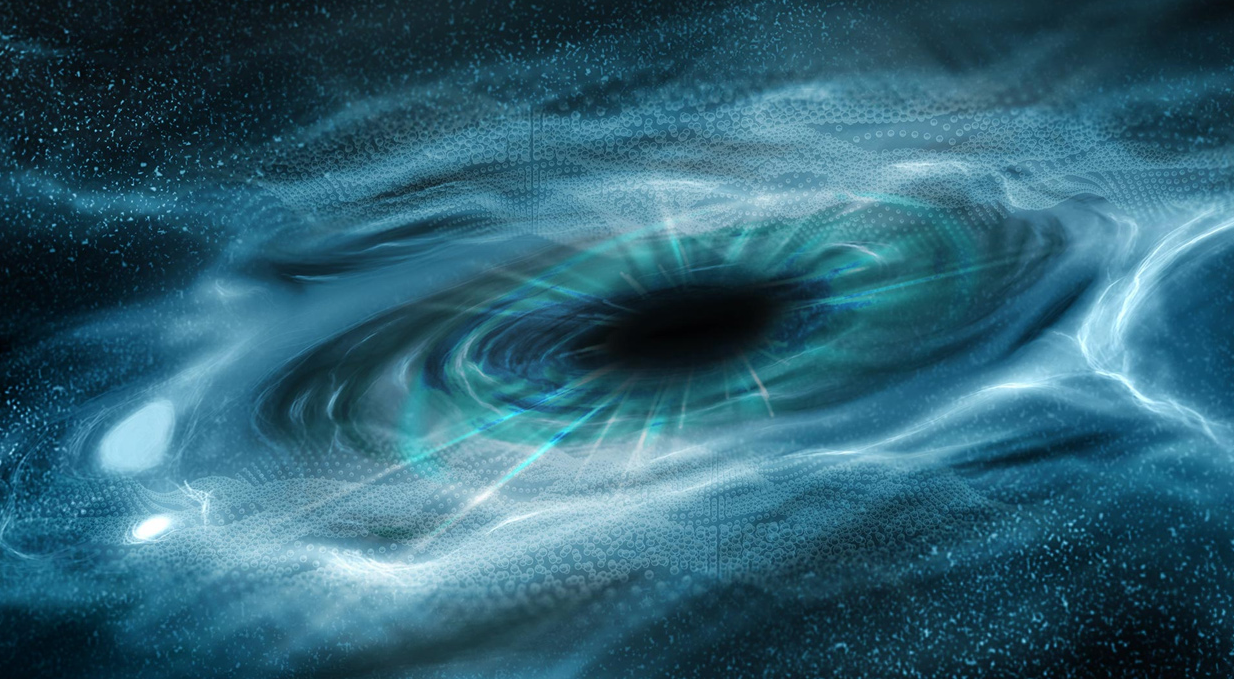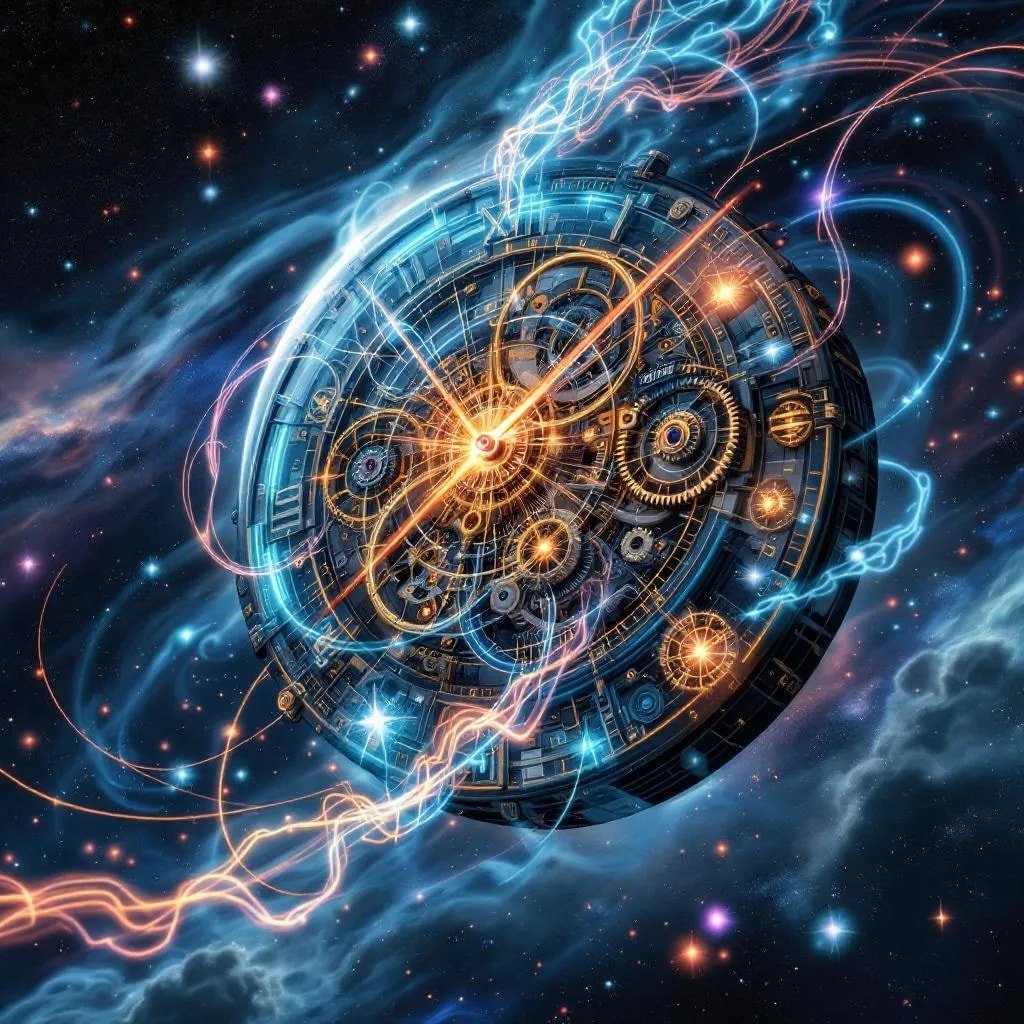The biggest mystery of the universe is being solved: Artificial intelligence has developed a clock that can detect dark matter!

One question that interests almost everyone in today's world is how the universe came into being. Another question is why is the universe dark? The scientific world is searching for an answer to this question. Scientists estimate that dark matter, one of the universe's greatest mysteries, makes up 80% of it. Dark matter is an invisible, unobservable entity. To find the answer, scientists at the Weizmann Institute of Science in Israel are using the unique properties of the Thorium-229 isotope to develop a nuclear clock, one of the universe's most precise timekeeping devices. This clock can detect minute resonance changes and detect extraordinary signals indicating dark matter.

This project not only pushes the boundaries of timekeeping technology but could also help humanity answer questions about the hidden side of the universe. AI-powered analysis systems are simplifying researchers' work by tracking subtle frequency changes and increasing the accuracy of such sensitive experiments.

However, the development of such ultra-sensitive technologies also triggers some ethical and philosophical debates. While exploring the unknowns in the universe is exciting, we can't help but raise the question, "What remains unknowable?" How far should humanity go in the light of science? Can we bear the responsibility of knowledge on this scale? These questions remain fresh in our minds.

What is dark matter? Dark matter is a mysterious type of matter in the universe that isn't made up of atoms as we know them and doesn't emit, reflect, or absorb light. That's precisely why it's called "dark": we can't see it directly; we can only detect its presence through its gravitational effects.
Basic features
It is invisible: It neither emits light nor interacts with electromagnetic waves. It has mass: It exerts a gravitational force on galaxies. It is different from normal matter: It is not composed of familiar particles such as protons, neutrons, and electrons.It makes up the majority of the universe: According to scientists, 27% of the universe consists of dark matter, 68% of dark energy, and only 5% of normal matter.

Why do we know it exists?
The rotation speeds of galaxies are too high to be explained by the mass of stars and gas we see alone.
The gravity that clusters of galaxies exert on each other is much stronger than the visible matter. Fluctuations in the cosmic microwave background show traces of this invisible mass.
In short, dark matter is a type of matter that forms the skeleton of the universe but is completely hidden from our eyes.

What is thorium?
Thorium is a naturally occurring radioactive element and an important nuclear fuel candidate considered one of the clean energy sources of the future.
SÖZCÜ





